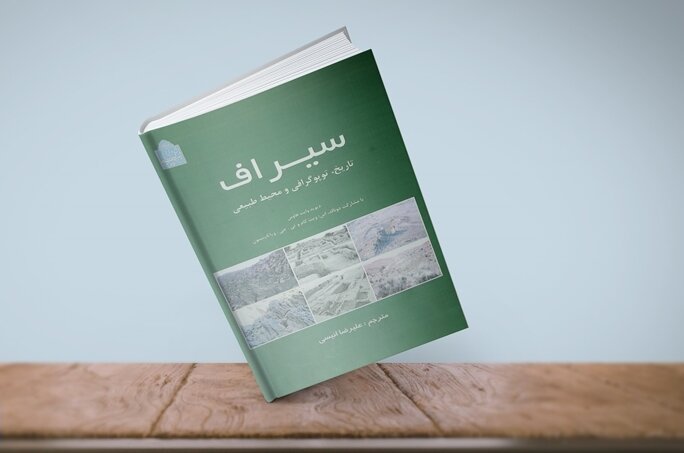“Siraf: History, Topography and Environment” appears in Iranian bookstores

TEHRAN – TEHRAN - British archaeologist’s book “Siraf: History, Topography and Environment”, which turns the spotlight on seasons of archaeological surveys in the ancient Iranian port, has been published in Persian recently.
The 2009 book, written by David Bryn Whitehouse (15 October 1941 – 17 February 2013) synthesizes the written evidence of the history of Siraf, and outlines what we know about the character of the city, the ways in which its inhabitants exploited the hinterland and its role in the maritime trade of the Indian Ocean.
Translated by Alireza Anisi, the Persian edition hit Iranian bookstores in close collaboration with the Research Institute of Cultural Heritage and Tourism, CHTN reported.
Between 1966 and 1973, the British Institute of Persian Studies conducted seven seasons of excavation and survey at Siraf, which was a major city on the Iranian shore of the Persian Gulf that played a leading role in the network of maritime trade that supplied Western Asia with the products of India, the Far East, and Eastern Africa between 800 CE and 1050.
The book introduces the excavations carried out at the site and the range of finds that were recovered (Chapter 1), the written evidence that relates to Siraf (Chapter 2), the cities' urban topography (Chapter 3), its hinterland (Chapter 4), the nature of settlement in the neighboring high valleys (Chapter 5) and Siraf's place in the wider historical and geographical contexts (Chapter 6). The volume also includes digital versions of the original maps of the site produced in the 1970s.
“Siraf: History, Topography and Environment” has been the first volume in a new series that has been established by the British Institute of Persian Studies (BIPS) in conjunction with Oxbow Books, which will publish archaeological research in Iran that has been sponsored by BIPS.
At one time, the port had been one of the major centers for marketing pearls and silk in the region, but it was gradually submerged over the centuries.
According to some historians, Siraf had a population of about 300,000 during the early Islamic era and this fact shows that it was a large city. However, today, just about 7,000 people live in Siraf in a small area.
AFM/MG
